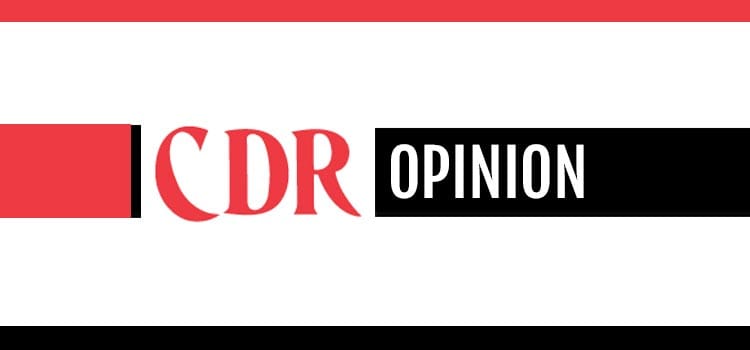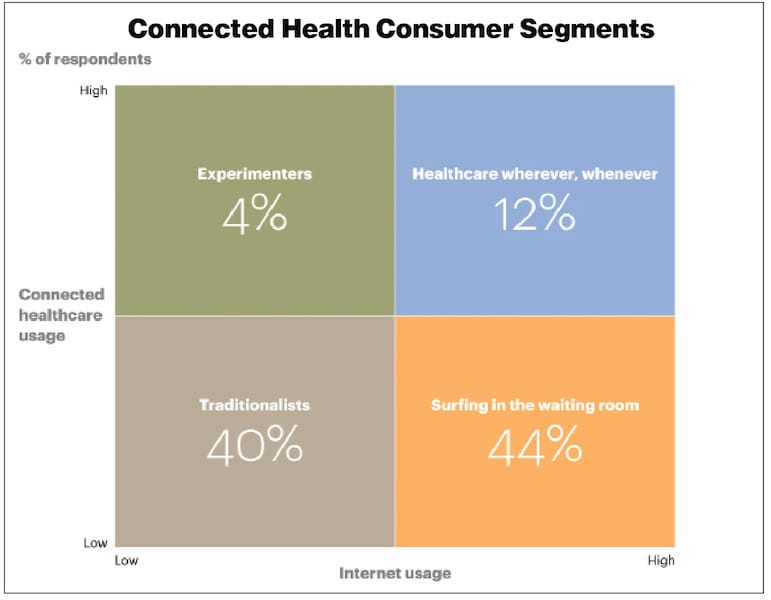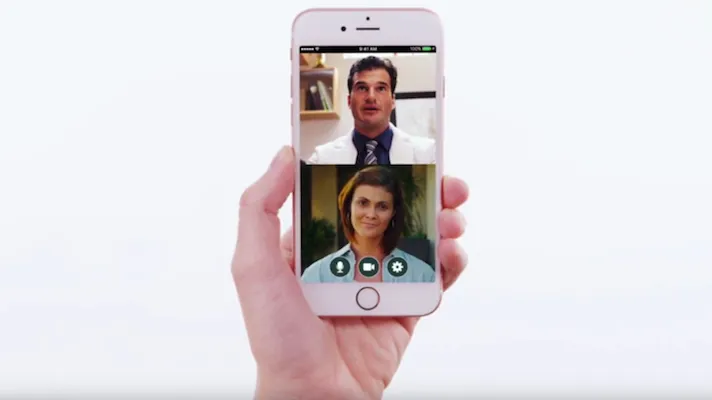Most consumers today are connected to digital technology through personal computers and, increasingly, mobile devices. They use smartphones more than three hours a day for communication, entertainment and shopping, and their online time and activities are increasing.
Our Connected Health Consumer survey focused on finding out how consumers’ use of digital/mobile for general purposes (e.g., online shopping) compared with their use of digital/mobile to manage their health (e.g., refill prescriptions online; video chat with a doctor, etc.).

The results were clear: Consumers have not yet adopted digital tools to manage their health at nearly the same level as they use them for general reasons. Only a small percentage of consumers have integrated digital and mobile health services into their health management routines.
This does not mean that the low adoption rate will continue. Macroeconomic and microeconomic factors, as well as new technologies, will no doubt drive continued change. The key is to understand why customers are using digital technologies and how to tailor offerings and tools accordingly.
The findings of the Connected Health Consumer survey, which underscore the consumer perspective of, and trends in, using digital health services, are especially important in helping pharmacies achieve these goals.
Consumers at tipping point
Not all consumers are the same, and this could not be truer when looking at health care consumers. Survey respondents identified themselves as being in one of four health classifications:
• Healthy — those living a normal, healthy life.
• Diagnosis aware — those diagnosed with, and aware of, a specific illness or condition.
• Disease management — those managing a chronic disease.
• At risk/prevention — those at risk of becoming ill due to any number of factors such as age, family history, lifestyle.
Healthy consumers see less of a need for connected health services (not surprisingly … they are healthy). Interestingly, however, those already diagnosed with an illness or managing a chronic condition also tend to use fewer digital services and, anecdotal evidence suggests, are less likely to explore more — once ill, they feel too overwhelmed to learn new digital services.
Retail pharmacies, therefore, need to capture consumers’ attention when they feel the need for connected health services but are not already past the stage of being comfortable about learning them.

The time for attracting consumers is the point at which they think they are at risk of becoming ill — perhaps, for example, they have just been told that they are at risk of having high blood pressure because they eat poorly, do not exercise and have a family history of the illness.
This is when they are at the tipping point between seldom using connected health services and starting to avail themselves of these services more frequently. Then they are more likely to begin researching a health condition, filling or refilling a prescription, comparing prices, or doing any of 15 online health-related activities to prevent their health deteriorating.
When consumers are most in need of support, retail pharmacies have the best opportunity to capture their online attention, build trust with them, and enable them to start adopting connected health services.
Trusted online sites
Connected health consumers want to ensure that their digital health-related services are from sites they trust — and they trust the sites of retail pharmacies.
Seventy-five percent of survey respondents said they have a high or moderate trust in the information on pharmacy websites. This high rating falls only one percentage point below that for hospital and association websites and three points below that of the highest rating — for pure online health sites such as WebMD. It also stands 10 percentage points higher than the trust consumers have for either insurer or mass merchant websites.
This is good news for retail pharmacies, and they need to take advantage of it by providing high-quality online services that are of value to targeted consumers.
The targeted consumer
Pharmacies will want to target the consumers that are most responsive to expanding their use of connected health services, shifting them into the “health care wherever, whenever” group of connected health consumer groups identified in the survey. Consumers in this group connect to the internet 10 or more times each day. They use both the internet and mobile apps for multiple health care purposes, such as video chatting with doctors, scheduling medical appointments, and comparing doctor quality ratings. They quickly adopt leading-edge digital services.
Those least likely to shift to the health care wherever, whenever group are the experimenters, a small group of consumers with limited internet usage, and the traditionalists, a large group of consumers that seldom connect to the internet, are mostly over 55, and (in general) have some aversion to using connected health care technology.
On the other hand, those most likely to shift to the health care wherever, whenever group — and, therefore, the consumers pharmacies want to target — are those in the “surfing in the waiting room” group. These consumers have high internet usage. They also have an underlying need to consume health care services, but currently prefer conventional methods versus digital and are averse to connected-to-health-care usage. So they are both ready to shift to the health care wherever, whenever group and reluctant to make this shift without good reasons to do so.
Retail pharmacies can give them reasons to shift. Respondents to the Connected Health Consumer survey listed the three top drivers for using digital to manage their health-related activities: convenience, availability of information and ease of use. To attract the greatest number of consumers, retail pharmacies will thus need to ensure their sites are all of the following:
• Convenient for consumers to do what they need to do, when they have the time to do it, and from wherever they are.
• Informative, providing a great deal of information that can be explored and compared.
• Intuitive, simple and easy to use.
But even if retail pharmacy’s digital offerings have all these characteristics, how does it know which particular customers should be targeted? How does it know which customers are ready to shift to the health care wherever, whenever group; which are among those increasing their online activities and are ready to expand their health-related online services; which are at the at-risk tipping point; and which trust its online sites and find them convenient, informative and easy to use?
By understanding the true state of needs of their customers and which ones require support because they feel at risk versus those in a different state of need, they will have a better sense of who could most benefit from digital tools and information. This does not mean that other customers may not benefit from support as well, but they will most likely need different offerings and information. As part of doing this, pharmacies must gather and analyze all relevant information on their customers.
Today’s typical retail pharmacy has information on its customers, but it may not have enough to know which ones to target. Gathering this information starts (as the first article in this series discusses) with a digital business strategy — a strategy that must be part of an overall digital and business approach to holistically addressing linkages between front of store and pharmacy and between digital/online channels and physical stores.
With this strategy, pharmacies are able to collect the necessary customer information and turn it into better insights and decisions for identifying, managing and converting customers into connected health consumers.
Adam Pressman (adam.pressman@atkearney.com) is a partner with A.T. Kearney’s Strategic IT Practice. Jay Dombi (jay.dombi@atkearney.com) is a principal with A.T. Kearney’s Health Practice.







